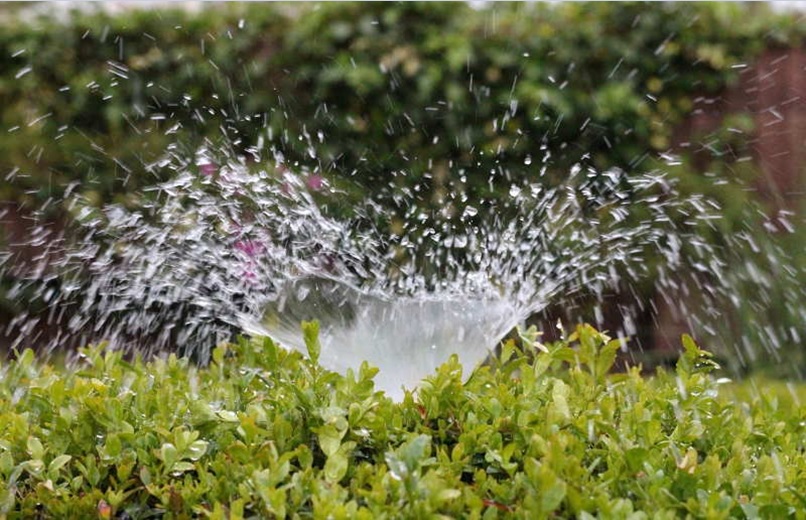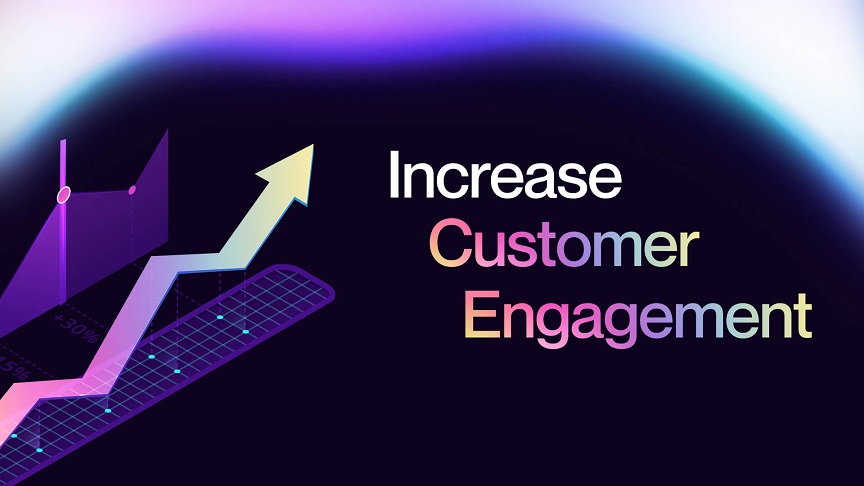Traditionally, gardening has been a labor-intensive and time-consuming activity. Gardeners would rely on their knowledge and expertise to tend to plants, relying on manual tools like shovels, watering cans, and hand-pruning shears. While these methods have served us well for centuries, recent advancements in technology have revolutionized the way we approach gardening. For instance, with websites like Homienjoy.com, you can now purchase automated gardening tools like robotic lawn mowers, sprinklers and soil sensors to make your gardening more convenient and efficient.
I. Smart Gardening Systems
A. Definition and overview of smart gardening systems
In recent years, smart gardening systems have emerged as game-changers in the world of gardening. These systems integrate technology and automation to simplify and enhance the gardening experience. A smart gardening system typically consists of a combination of sensors, controllers, and software that work together to monitor and manage various aspects of plant care. By leveraging the power of connectivity and data, these systems revolutionise the way we nurture our gardens.
B. Benefits of smart gardening systems
Automated irrigation and water management
One of the key benefits of smart gardening systems is the automation of irrigation and water management. By utilizing moisture sensors and weather data, these systems can accurately determine the watering needs of plants in real-time. Automated irrigation systems can adjust watering schedules based on current weather conditions, plant type, and soil moisture levels. This not only conserves water but also ensures that plants receive the optimal amount of hydration, leading to healthier and more vibrant growth.
Monitoring and adjusting environmental conditions
Smart gardening systems enable gardeners to monitor and adjust environmental conditions with precision. Sensors measure crucial parameters such as temperature, humidity, light intensity, and soil pH levels. By gathering this data, gardeners can gain insights into the specific needs of their plants and make informed adjustments accordingly. For example, if the temperature rises above a certain threshold, the system can automatically activate misters for fans to provide cooling. This level of control and monitoring helps create ideal growing conditions, leading to better plant health and productivity.
Integration with smartphones and voice assistants for convenience
Smart gardening systems offer the convenience of smartphone integration and compatibility with voice assistants. Through dedicated mobile apps, gardeners can remotely monitor and control their gardens, receive real-time alerts, and access valuable insights. This allows for on-the-go management, making it possible to adjust settings, receive notifications, and even remotely water plants while away from home. Moreover, integration with voice assistants such as Amazon Alexa or Google Assistant enables hands-free control and monitoring, further simplifying the gardening process.
Optimising plant growth with data-driven insights
Perhaps one of the most exciting benefits of smart gardening systems is the ability to optimize plant growth with data-driven insights. These systems collect and analyze a wealth of data, including environmental conditions, plant growth patterns, and historical information. By leveraging this data, gardeners can gain valuable insights into their garden’s performance and make informed decisions about fertilization, pruning, and other care practices. Data-driven recommendations can help maximize plant health and growth potential, leading to more fruitful harvests and beautiful landscapes.
II. Garden Planning and Design Tools
A.Introduction to digital garden planning and design tools
Garden planning and design are crucial steps in creating a beautiful and functional outdoor space. In the digital age, we are fortunate to have access to a wide range of tools and software that can aid in this process. Digital garden planning and design tools offer innovative solutions for visualizing, organizing, and optimizing garden layouts. These tools leverage technology to streamline the planning process, making it more efficient and enjoyable for both experienced gardeners and beginners.
B. Features and advantages of these tools
Virtual Garden Simulations For Visualising Design Ideas
One of the significant advantages of digital garden planning and design tools is the ability to create virtual simulations of your garden. These tools provide 3D modelling capabilities, allowing you to visualize and experiment with different design ideas before implementing them in reality. By virtually placing plants, hardscapes, and other elements, you can see how they interact and make adjustments as needed. This feature helps you better understand the spatial dynamics of your garden and make informed decisions about the layout and arrangement of various elements.
Plant databases and recommendations for suitable plant selections
Digital garden planning tools often come equipped with extensive plant databases that provide detailed information about various plant species. These databases offer valuable insights into plant characteristics, growth requirements, and seasonal considerations. By accessing this information, you can make informed decisions about suitable plant selections for your garden based on factors such as sunlight exposure, soil conditions, and water requirements. Additionally, some tools provide recommendations for companion planting, helping you create harmonious and thriving plant communities.
Integration with weather data to optimize garden layouts
Digital garden planning tools can integrate with weather data, allowing you to optimize your garden layout based on local climatic conditions. By considering factors such as sun orientation, wind patterns, and microclimates within your garden, these tools help you strategically position plants and hardscapes for optimal growth and protection. By taking into account weather patterns specific to your location, you can create a garden that is resilient and well-suited to its environment, minimizing the risk of plant stress or damage.
cost-effective planning and reduced waste through digital models
Digital garden planning and design tools offer a cost-effective approach to garden planning by reducing waste and minimizing the need for trial and error. With the ability to create digital models of your garden, you can experiment with different layouts, plant combinations, and hardscape designs without investing in physical materials upfront. This allows you to assess the viability and aesthetics of your ideas before committing to them, saving both time and money. For a more hands-on experience, consider opting for a garden hose nozzle, such as the ones found at garden-hose-nozzle, to make the most of your outdoor space.
III.Conclusion
The digital age has brought about a transformative impact on gardening through the integration of high-tech tools. We have explored the benefits and advancements of various technologies that have revolutionized the way we tend to our gardens. Smart gardening systems have automated irrigation and water management, enabled precise monitoring and adjustment of environmental conditions, and provided integration with smartphones and voice assistants for convenience. Additionally, digital garden planning and design tools have offered virtual simulations, extensive plant databases, integration with weather data, and cost-effective planning through digital models.
Frequently Asked Questions (FAQ)
Q1: What are smart gardening systems?
A1: Smart gardening systems are innovative tools that integrate technology and automation to simplify and enhance the gardening experience. They automate irrigation, monitor environmental conditions, and provide data-driven insights for optimal plant care.
Q2: How do smart gardening systems automate irrigation?
A2: Smart gardening systems use moisture sensors and weather data to accurately determine the watering needs of plants in real-time. They adjust watering schedules based on current weather conditions, plant type, and soil moisture levels, ensuring efficient water usage and healthier plants.
Q3: Can high-tech gardening tools help me design my garden?
A3: Yes, digital garden planning and design tools offer features such as virtual simulations and plant databases to help you visualize and design your garden. These tools allow you to experiment with layouts, plant selections, and hardscape designs before implementing them in reality.
Q4: What are the benefits of using digital garden planning tools?
A4: Digital garden planning tools provide benefits such as virtual simulations for visualizing design ideas, access to plant databases for suitable plant selections, integration with weather data for optimized layouts, and cost-effective planning through digital models to reduce waste and ensure accurate measurements.
Q5: How can high-tech gardening tools help me optimize plant growth?
A5: High-tech gardening tools provide data-driven insights into environmental conditions, plant characteristics, and historical information. By leveraging this data, you can make informed decisions about fertilization, pruning, and other care practices, optimizing plant growth and maximizing productivity.


